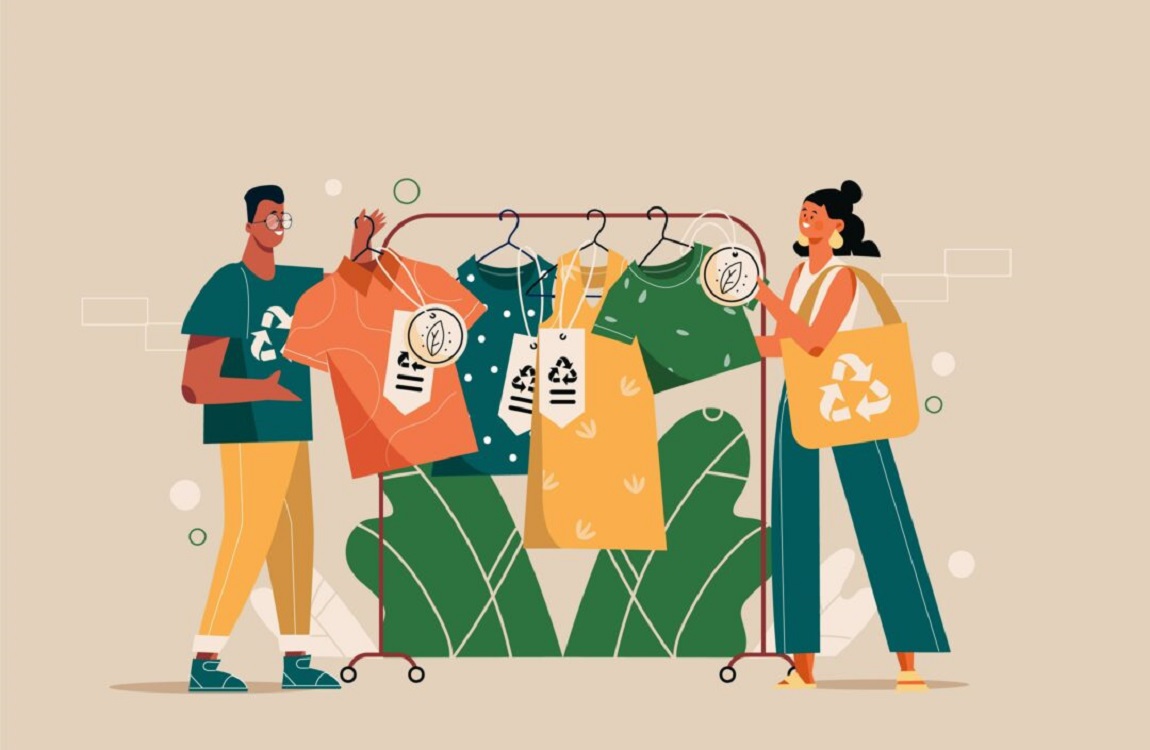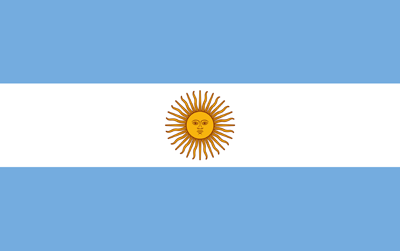Let’s be sincere. Each of us has been there, throwing out faded table runners, plastic-lined dish towels, and stained napkins. The guilt starts to weigh in. All of the waste, the expenses, the environmental impact add up. Indeed, ignoring is becoming more difficult. You most likely agree: it’s time to consider what enters our living rooms and kitchens. Here is the good news: Sustainable textile trends abound in 2025 that not only benefit the earth but also are beautiful, robust, and useful for daily living.
The newest environmentally friendly fabrics, clever kitchen textiles, professional buying advice, and even some tools to enable you to shop greener will all be revealed in this book. All set to tidy your house (including conscience)? Continue to read.
Sustainable Textile Trends for Homes and Kitchens
Allow us to start with the broad picture. Sustainability is a mindset change not a single cloth or brand. And that change is accelerating in 2025. These ideas will keep you ahead whether you’re changing your sofa cover or updating your napkins.
Nowadays, it’s not only about clothes. Eco-textile creativity is redefining everything from smart fabrics to mushroom-based upholstery. Let’s dissect the major trends influencing kitchens and homes this year.
1. Hemp and Organic Bamboo Linens
Demand for hemp and organic bamboo has shot skyward. And one can easily understand why. They need no dangerous pesticides, use less water, and grow quickly. For kitchen towels, aprons, and curtains, soft, breathable, naturally antimicrobial fibers are perfect.
Why it matters: While adding grace to any house, bamboo and hemp lessen agricultural impact. They also last long, which reduces replacements.
2. Metal Highlights and Recycled Glass
Think outside of fabric recycled materials are finding their way into textile blends. Home brands are either using crushed glass in decorative trims or woven table runners made from recycled metals.
Sourcing tip: Look for labels verifying post-consumer or post-industrial recycled materials. It matters not just greenwashing.
3. Kitchen Textiles Based on Plants (Cotton, Linen, Lyocell)
Though their source has changed, these are not brand-new fabrics. Kitchen staples are organic cotton, ethically grown linen, and lyocell (a closed-loop fiber). Consider chic sink skirts, tea towels, or reusable produce bags.
LSI terms: compostable fabrics, environmentally friendly linens, biodegradable kitchen towels
4. Temperature-Sensitive, Antimicrobial Fabrics
The epidemic made cleanliness top priority. Right now? Flying off shelves are fabrics that repel germs, control heat, or even change color when wet.
Example: Antibacterial dishcloths that smell fresh after ten uses. Indeed, quite sincerely.
5. Compostable and Biodegradable Napkins and Wraps
Replace single-use options. Move over clingfilm fabric wraps made from beeswax or plant starch are here. These naturally break down in soil, are safe and washable.
Fun suggestion: Try encasing sandwiches in beeswax cloths. Though they smell like honey, they stick like plastic.
6. Kitchen and Dining Upholstery Designed for Energy Efficiency
Beyond mere color, thermal curtains, insulating cushions, and breathable slipcovers help naturally control room temperature and light.
Benefit: Lower carbon footprints and cheaper energy bills. Win-buy.
7. Mycelium & Textiles Inspired by Bio-Based Furniture
You are not hallucinating, no. Covering,s soft and leather-like, are now produced from Mycelium, the root system of mushrooms. Completely biodegradable and developed free from chemicals.
Hot Take: Why not wear it or sit on it if it can be grown?
8. Repurposed or Recycled Fabric Decor
Old tablecloths? Make them placemats. Destroyed curtains? Cushion covers. Both companies and do-it-yourselfers are pushing zero-waste design.
LSI terms: Zero-waste linens, upcycled home décor, fabric recycling
9. Textile Alternatives: Vegetable and Animal-Free
Particularly among younger consumers, animal-free textiles are seeing a big increase from soy-based silk substitutes to pineapple leather (yup). Perfect for ethical consumers seeking homes free of cruelty.
10. Functional and Intelligent Textiles
We have odor-fighting mats, thermochromic oven mitts, and waterproof aprons here. These days, innovation does not always mean synthetic. These materials, eco-conscious, apply clever science.
Eco & Quality Comparison:
Shopping green? Fantastic. Still, things are not always black and white. Although some fabrics claim to be environmentally friendly are they really? Here we review top materials, clarify what certifications mean, and show you how to balance cost with durability.
Certifications Discussed: USDA Organic, OEKO-TEX, GOTS
These trademarks imply something:
- GOTS: Organic farming, safe labor, free of toxins
- OEKO-TEX: Tested for over 100 dangerous chemicals
- USDA Organic: Found mostly on cotton, guarantees 95 %+ organic content
Tip: Always search for the certification number. Legally reputable brands never hide it.
Table of Comparison for Lifetimes
| Material | Water Use | Energy Use | Biodegradable | Cost |
| Cotton | High | Moderate | Yes | $$$ |
| Bamboo | Low | Low | Yes | $$$ |
| Linen | Moderate | Low | Yes | $$$ |
| Lyocell | Low | Moderate | Yes | $$$ |
Price vs Longevity Checklist
- Will it last over 100 washes?
- Is it colorfast?
- Can it be composted or recycled?
- Cost per use = Price / Number of uses

Expert Views: Notes from Manufacturers & Designers
Let’s now hear from the experts. Reading about trends is one thing; understanding the efforts of industry insiders is another. This part shares insights from those shaping sustainable home design.
Fatima N., Pakistani Textile Designer: “Solar-powered looms now find use in our linen designs. Sustainability going forward means cleaner production not just cleaner materials.”
Ravi P., Kitchenware Brand Owner: “Customers now ask ‘Can I wash this 100 times?’ not just ‘Is it eco?’ Durability is the new green.”
What this indicates: Sustainability isn’t just a trend it’s becoming the core of design thinking.
Practical Guide for Sourcing & Maintaining Eco-Textiles
Buying eco-friendly goods is only half the battle. You also need to find the right Textiles suppliers and manage your purchases effectively. This section shares smart sourcing and care tips to help extend the lifespan of your textiles.
Where to Get Environmentally Friendly Textiles
- Pakistan (Lahore, Faisalabad): Strong linen and cotton base
- India: Organic dyeing expertise
- Europe: Advanced standards and niche suppliers
Tip: Request mill audits, test reports, or manufacturer tour videos before committing.
Sustainable Fabric Maintenance Advice
- Use cold water washes
- Air dry when possible
- Avoid harsh detergents
- Spot-clean instead of full washes
Where to Purchase & What to Search For
You’ve got the knowledge now let’s apply it. Whether you’re looking at global brands or local Pakistani textile suppliers, this section helps you shop with confidence.
Global Brand
- West Elm (GOTS-certified linens)
- Coyuchi (organic bath & bed)
- Avocado (zero-waste model)
Pakistan-Based Suppliers
- Akram Tannery (vegetable-dyed leather)
- Vigour Impex (certified kitchen and home textiles)
Before You Buy: Checklist
- Certifications
- Durability testing
- Production ethics
- Return or replacement options
Last Notes:
Phew, you survived the realm of sustainable fabrics! Although it may seem like a lot, small choices made consistently really add up. Let’s finish strong with something simple to try today. If you’ve made it this far, you’re clearly ready for change. And truthfully? Starting from home is the easiest way. A towel swap here, a compostable wrap there it all counts.
Try one of the swaps above this week. Better yet, download our toolkit to simplify your next textile decision. Got a favorite eco-product or tip? Drop a comment and tell us about your experience!
FAQs
What environmentally friendly fabric is best for kitchens?
Organic bamboo and cotton because they’re durable and absorbent.
How can I know a product is really sustainable?
Look for certifications like GOTS or OEKO-TEX and transparent sourcing info.
Are antimicrobial fabrics safe?
Yes if they’re tested for skin safety and use natural agents like silver or copper.
Can eco-textiles be composted?
Only if they’re fully plant-based and free from synthetic dyes.
Do sustainable textiles cost more?
Usually yes. But they last longer, so it balances out.







